Licorice Root (Glycyrrhiza glabra)
useful for ulcers, inflammation, hepatitis, herpes, coughs, adrenal fatigue, & much more
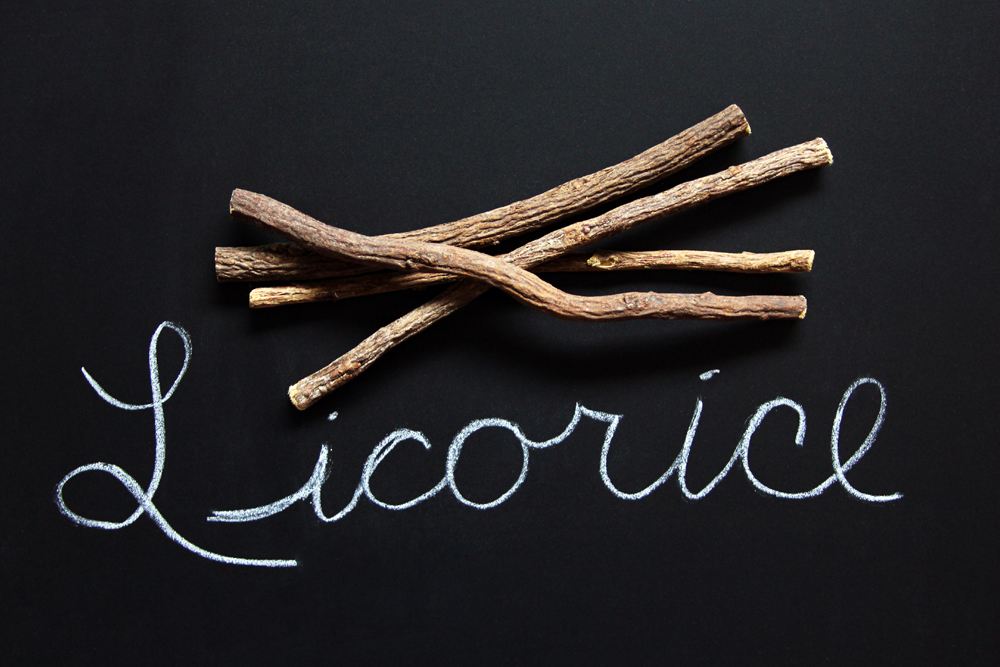
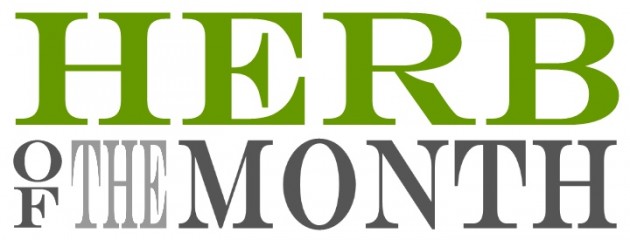
Licorice chew sticks!?
I get excited easily. I found them while I was at the herb shop to purchase Wise Woman’s Children’s Glycerite during our share of the neverending cold. Discovering the licorice chew sticks was like finding a pot of gold at the end of a rainbow when you’ve been trudging through grey clouds and non-stop rain. I was grumpy and sleep deprived, but a 15 minute stop at the herb shop brought me to life again.
My mind revved with ideas of what I could do with the licorice twigs. The best idea I had was dipping them in unsweetened chocolate. Licorice root is naturally super sweet. One of it’s constituents, glycyrrhizin, is about 170 times sweeter than sugar!1 I thought the licorice twigs would have the same flavor as the root, and thus, pair well with unsweetened chocolate.
If you think I have strange stevia taste buds, and you don’t like the weird, mostly unsweetened food I make around these parts, then you better not gnaw on licorice sticks (unless you want to quit smoking). They are unbearably sweet and bitter at the same time. So no, they would not taste good dipped in any kind of chocolate.
Fortunately, the medicinal part of licorice comes from the root and not the sticks. The taste of licorice root is quite palatable in the form of DGL, tincture, and tea. No need to project your childhood black jelly bean trauma onto it because the licorice flavor is much more subtle and earthy.
At least the sticks make for a cute picture. The plant I photographed in the Bastyr herb garden was looking a little whimpy.

What’s DGL?
My 19 month old, Re’uth, knows where the DGL is stored in our kitchen. Whenever that cupboard is opened, she starts pointing and vocalizing the “Ooooo OOOOoo OOO”, indicating that she wants her daily dose of DGL. DGL is the de-glycyrrhizin-ated form of licorice. Glycyrrhizin is a constituent in licorice root that can mess with your electrolytes and cause hypertension. It’s the main reason why straight-up licorice root should not be consumed every day over a long period of time. Glycyrrhizin is the big daddy constituent in licorice root, so when it’s removed, a lot of its herbal properties are removed with it. DGL’s main bust is for healing stomach ulcers.
DGL Is Safe for Kids
I give DGL to Selah and Re’uth because of how reactive they are to many different foods. I was hoping (and so was their pediatrician) that it would help to minimize their food reactivity by taking down some of their GI tract inflammation, but I haven’t noticed a difference. Their pediatrician recently said that I could stop giving it to them, but if they love it, there’s no harm in continuing it. Re’uth has been getting DGL since she was 12 months old, but it’s safe for babies younger than that because the risky part of it has been removed — the glycyrrhizin. Of course, consult your pediatrician first.
Five Star Anti-Ulcer Agent
Licorice is in the business of healing mouth ulcers, esophageal ulcers, stomach ulcers, and duodenal ulcers. It is a demulcent, which means that it coats, soothes, and heals irritated mucous membranes (we talked about demulcents before). Licorice is most often used as a demulcent in the form of DGL, since DGL preparations retain most of this activity and can be used indefinitely. DGL is frequently used for chronic acid reflux in order to heal irritated stomach and esophageal tissue. It doesn’t necessarily treat the cause of reflux. Healing the esophagus and stomach with DGL not only means less pain, but more importantly, a decreased risk of esophageal and gastric cancer.
Mimics Pharmaceutical Corticosteroids
Corticosteroid drugs like hydrocortisone and prednisone are powerful anti-inflammatory agents that work well. Their downside is immune system suppression and inhibition of cartilage synthesis. Do note that suppressing the immune system is not always a terrible thing as it can be lifesaving in some situations. However, because they inhibit your body from making cartilage, they have a tendency to weaken connective tissue (skin, ligaments, tendons, bones, etc.).
Licorice root mimics the action of pharmaceutical corticosteroid drugs on a smaller scale by prolonging the life of cortisol in the body. It does this by inhibiting the enzyme that breaks down cortisol both in the liver and the kidneys. Increased cortisol in the body leads to a systemic anti-inflammatory effect. What’s amazing is that licorice root modulates the immune system instead of suppressing it (like pharmaceutical steroids do). I’m tempted to say that licorice root stimulates the immune system so that you get what it does, but I was taught to avoid using that phrase, as it’s not entirely accurate. You can think of “modulates the immune system” as in it helps your immune system work for you and not against you.
Hepatitis Helper
Licorice root is a liver protector, meaning that it helps to keep liver damage at bay. The constituent that’s removed from DGL, glycyrrhizin, can benefit both hepatitis B and C. Most of the current research available has been extrapolated from a special IV formula called Stronger Neominophagen C, which contains glycyrrhizin, cysteine, and glycine in a saline base. Some studies have shown that it can lower liver enzymes and mitigate symptoms for those with Hepatitis B or C. Outside the body (in vitro), two studies have shown glycyrrhizin to stymie the hepatitis B virus from producing hepatitis B surface antigen.2,3 Oral licorice root products for the treatment of hepatitis B and C have much less research, but they may result in similar benefits.
Herpes Outbreak Prevention & Pain Reduction
Licorice root is an herbal anti-viral agent that works particularly well for the herpes family viruses. A study compared the effectiveness of glycyrrhizin (the big daddy constituent in licorice root) to acyclovir, gamma-globulin, and interferon beta in the treatment of herpes zoster. Out of all of them, acyclovir worked best, but glycyrrhizin came in second place!4 Glycyrrhizin can inactivate the herpes simplex virus.5,6 A 2005 study found a different licorice root constituent, glycyrrhetic acid, to be 10 times more effective than glycyrrhizin in its anti-viral activity against herpes simplex 1. All this to say that topical and oral licorice root may prevent oral and genital herpes outbreaks. If an outbreak does occur, licorice root can lessen the pain and possibly the duration of the lesion when it is applied topically. Some people like this topical licorice product.
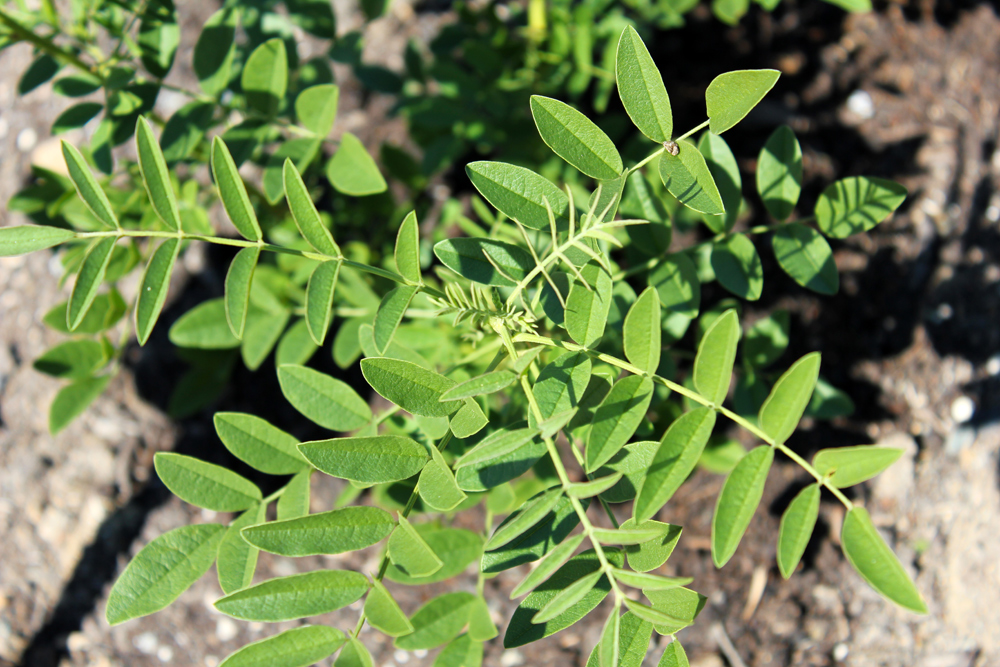
Herbal Relief for Lung Ailments, Allergies, & Menopause
My clinical board review book (for my ND licensing exams coming up in August) says that licorice “does everything but shine your shoes”.7 There are many more uses for licorice than what I mentioned here. It can work wonders in the lungs, be it for a cough, bronchitis, or asthma. It works well used in the short term for adrenal fatigue and can also be brought on board for Addison’s disease. Some practitioners use it for allergies. Licorice root is also a phytoestrogen, which means that it can help to offset menopausal symptoms.
Safety
Licorice root can be dangerous when consumed inappropriately. Using licorice root medicinally requires medical supervision by a licensed professional. This is due to glycyrrhizin, a constituent of licorice root that can mess up your electrolytes and cause hypertension. Licorice root (excluding DGL) causes your body to excrete potassium. It should not be combined with medications that also cause potassium excretion.
If you would like to start using Glycyrrhiza glabra medicinally, please consult your naturopathic doctor. A licensed healthcare practitioner can tailor the dose according to your needs.
References:
1. Mizutani K, Kuramoto T, Tamura Y, et al. Sweetness of glycyrrhetic acid 3-0-beta-D-monoglucuronide and the related glycosides. Bioscience, biotechnology, and biochemistry. 1994 Mar;58(3):554-5.
2. Sato H, Goto W, Yamamura JI, et al. Therapeutic basis of glycyrrhizin on chronic hepatitis b. Antiviral Research. 1996 May;30(2-3):171-7.
3. Takahara T, Watanabe A, Shiraki K. Effects of glycyrrhizin on hepatitis B surface antigen: a biochemical and morphological study. Journal of Hepatology. 1994 Oct;21(4):601-9.
4. Aikawa Y, Yoshiike T, Ogawa H. Effect of glycyrrhizin on pain and HLA-DR antigen expression on CD8-positive cells in peripheral blood of herpes zoster patients in comparison with other antiviral agents. Skin Pharmacology. 1990;3(4):268-71.
5. Pompei R, Flore O, Marccialis MA, et al. Glycyrrhizic acid inhibits virus growth and inactivates virus particles. Nature. 1979. Oct 25;281(5733):689-90.
6. Pompei R, Pani A, Flore O, et al. Antiviral activity of glycyrrhizic acid. Experientia. 1980. Mar 15;36(3):304.
7. Piscopo G, Yarnell, E. Naturopathic Clinical Boards Study Manual. 2011 Edition. Volume II. Healing Mountain Publishing. Wenatchee, 2001-2011.
8. Yarnell, E. Natural Approach to Gastroenterology. Volume I. Healing Mountain Publishing. Wenatchee, 2011.
Enjoy More Archerfriendliness
It was difficult deciding the top ten little ways you can detox every day. There are a sea of things you can do to prevent new toxic exposures and enhance your body's ability to detox. But I cho...
When I was in middle school, boxers were cool and briefs were dorky. I was a 12 year old, sheltered church girl. What did I know about men's underwear? Well, I knew that my (step) dad wore brie...
When I was first diagnosed with interstitial cystitis back in 2003, it felt like my life was crumbling. I was notably depressed but too disconnected from my emotions to admit it. If my body jolt...

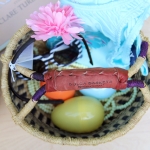
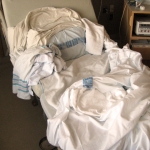





sunrise
October 23rd, 2015 at 7:14 am
So, can i give licorice root to my 2 year old? Because i’m having a hard time getting him to brush his teeth to prevent further tooth decay
Reply
Dr. Archer Atkins
October 23rd, 2015 at 1:03 pm
I don’t recommend using licorice root as a substitute for tooth brushing. More frequent visits to the dentist can be helpful if it is difficult to brush his teeth. That being said, licorice root is generally safe for most kids.
Reply